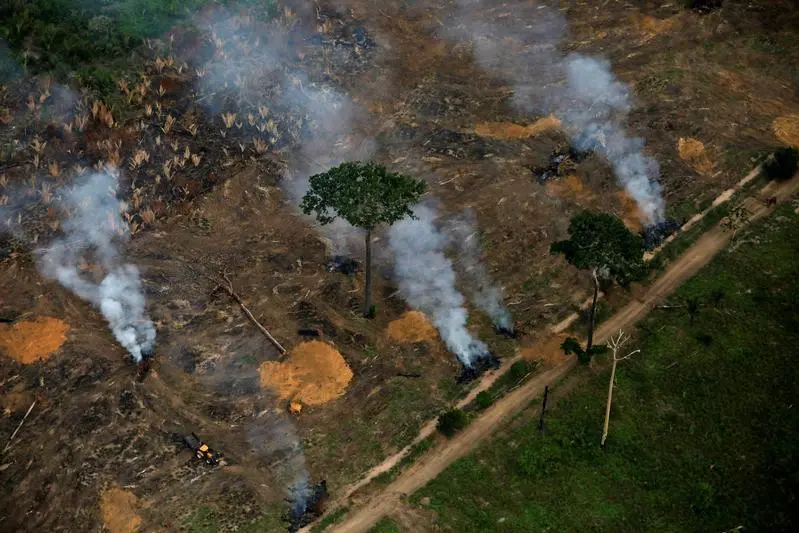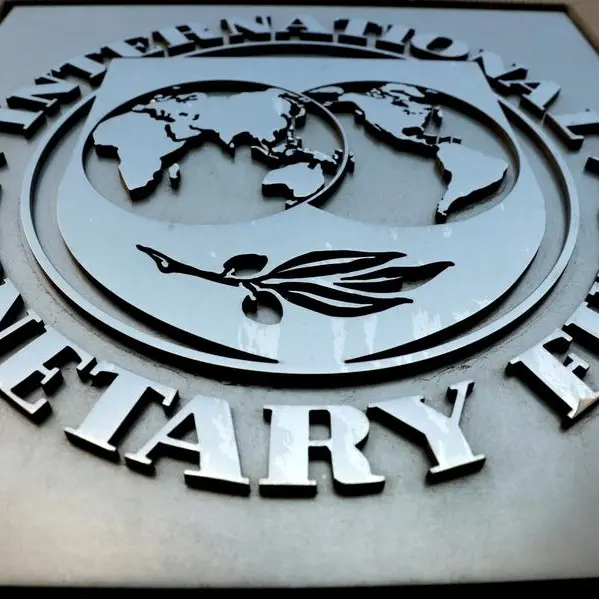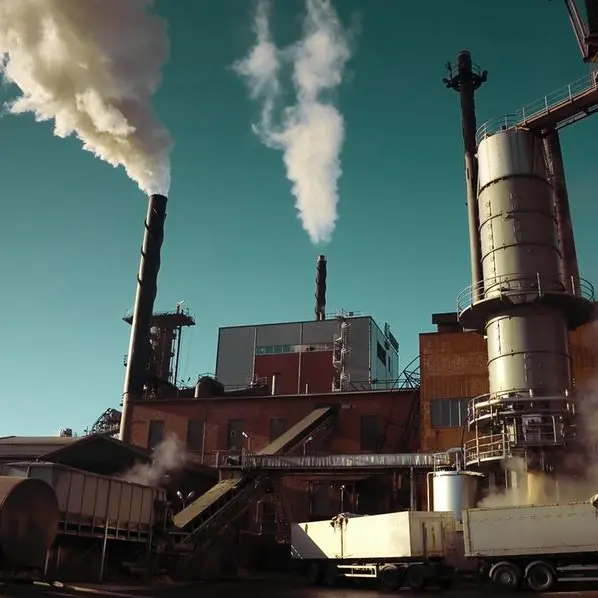PHOTO
NEW YORK - The record number of infernos destroying swaths of the Amazon forests in Brazil has sparked international concern as well as diplomatic tension between the South American country and Europe. And rightly so. The conflagrations are a dramatic reminder of the fragility of our climate system and the ease with which critical components can be destroyed. Trees play a critical role in removing greenhouse gas carbon dioxide from the air and replacing it with oxygen. But the idea that chopping them down is the smarter economic choice has held sway for too long. That has to – and can – be changed.
Forests in tropical countries are generally destroyed to make space for agriculture, as well as some mining. Cattle ranching and soybean and palm-oil cropping are some of the most widespread uses of deforested land. All these activities are generally profitable and are likely to remain so as demand for their output is rising rapidly thanks to the rising global population and more people joining the middle class.
Keeping the forests intact, on the other hand, has long been dismissed as unprofitable, whether because there is no obvious revenue stream or because reaping it was too convoluted. But there is a way to change the incentives available to forest owners to make maintaining nature worth their while.
Industrialized countries and companies based there are increasingly looking for ways to develop and pay for carbon capture and storage services. Climeworks, Carbon Engineering and Global Thermostat have already started to provide this service on a commercial basis. Forests already do that, and so provide a ready-made solution – for which they currently receive virtually no compensation.
Brazil, for example, between 2004 and 2015 successfully reduced rates of deforestation by an amount equivalent to around 7.2 billion tons of carbon dioxide per year, according to the United Nations Framework Convention on Climate. That was driven by the Amazon Fund, an agreement including Norway, Germany and others to compensate Latin America’s largest economy for conserving the rainforest.
Norway, which signed up in 2008, has paid out the most, at more than $1 billion. But in total the money from Amazon Fund members has compensated the country for just 4% of the total emissions reduction. Non-governmental owners have received most of that, using to register property ownership and to enhance law enforcement. That’s worthy, but leaves out the farmers and ranchers who would be more likely to undertake transformative projects.
We have a framework for managing and extending these payments already in place under Article 5 of the 2015 UNFCCC Paris climate accord, which the Coalition for Rainforest Nations had been pushing for since 2004. The key section states that “ arties are encouraged to take action to implement and support, including through results-based payments…policy approaches and positive incentives for activities relating to reducing emissions from deforestation.” In plain English, signatories are encouraged to pay for reductions in emissions from deforestation.
Unfortunately, like many other aspects of the agreement, Article 5 has been largely neglected by the global community that only four years ago enthusiastically endorsed it.
Here’s what implementing this agreement might look like. A hectare (about 2.5 acres or 10,000 square meters) of a tropical forest may remove from the atmosphere roughly 10 tons of carbon dioxide each year, calculates Tree-Nation, an outfit that has planted almost 5 million trees, often with the support of companies like Alphabet's Google and Danone.
Let’s assume we were to pay forest owners $20 for each ton removed. That’s roughly half what the Obama administration pegged as the social cost of carbon in 2010. It’s more than the landowner would make from cattle ranching or growing soybeans, but probably less than what some could make from palm-oil plantations; addressing that would require all manner of pressure, from consumer boycotts to investor activism against companies using palm oil grown on cleared forests, to placing tariffs on the end product.
The Green Climate Fund, a part of the UNFCCC, is a possible funding source for carbon removal. But it depends on donations from rich countries, which rarely meet their commitments.
A better option would be to involve private capital. Companies wanting to offset emissions of greenhouse gases could pay for carbon storage in forests and then claim credits for this under emissions-limiting policies in effect in their home countries. They could, for example, use such credits in a cap-and-trade system or a scheme that would help exempt them from a carbon tax.
Without such action, the current incentive system will only grow, forcing more deforestation. This would lead to a disastrous increase in carbon emissions, making it virtually impossible to limit climate heating to less than 2 degrees Celsius, as well as a devastating loss of the species that live in these forests.
None of the steps needed to avoid this fate is controversial. The next G7 summit could address them, and any of the 2020 Democratic presidential candidates could advocate for them as a key element of their climate policy. It’s a win-win proposition.
(Federica Bietta is the Managing Director and Chief Financial Officer of the Coalition for Rainforest Nations (CfRN). Kevin Conrad is the Executive Director of CfRN. Geoffrey Heal is Chair of the Board of CfRN and a Chazen Senior Scholar at Columbia Business School.)
(Editing by Antony Currie and Leigh Anderson)
© Reuters News 2019












